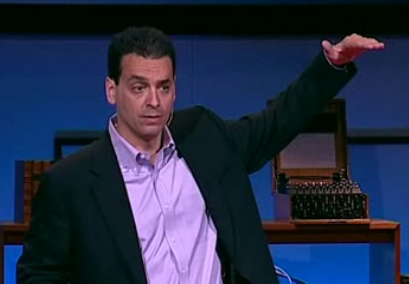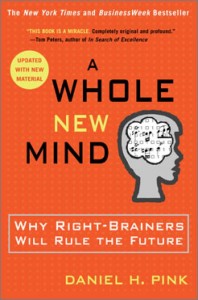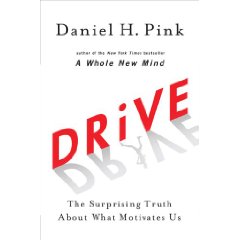Have you watched Dan Pink‘s TED talk: The Surprising Science of Motivation yet? It’s a really interesting talk that delves into the mismatch between what science knows about motivation, and what business does in trying to motivate people to do things.
I encourage you to watch Pink’s talk, but something is giving me the motivation to give you a run down of what he is on about.
The Candle Problem
Pink starts his talk by explaining The Candle Problem, which was introduced by Karl Duncker back in the 1940s as an illustration of Functional Fixedness. The task is to take the candle, matches, and tacks held in a box, and affix the candle to the wall so that the wax does not drip on the table. To solve the problem one must think “out of the box” to figure out that s/he must use the box that the tacks are in to solve the problem.

The Candle Problem Solution
Sam Glucksberg, Psychology Professor at Princeton University, used The Candle Problem to measure the power of incentives. He gave two groups of people the problem. The first group was told that they would be timed and the second group was told that if they solved the problem the fastest, they would be rewarded monetarily. The results showed that the group offered the financial incentive to solve the problem quickly took an average of 3.5 minutes longer than the first group.
What?
The incentive hindered creative thought! Pink continues on to explain that over and over again psychologists and economists have found that incentives do the opposite of what we want to do in many modern day situations. The old rewards and punishments system works well for the well-defined tasks of the previous century that primarily require mechanical skills and the ability to follow instructions. The problem is that these tasks are becoming a rarity in the modern work day. More and more we have to utilize our cognitive skills to think creatively in our daily work. Incentives and other extrinsic motivators have been scientifically proven to dull thinking and block creativity.
Modern businesses that require employee engagement must stop using old methods to motivate their employees, and move towards intrinsic motivators to improve performance. Pink breaks down the three elements of intrinsic motivation to be considered:
Autonomy – Urge to direct our own lives
Mastery – Desire to be better and better at something that matters
Purpose – Yearning to do something in the service of something larger than ourselves
Given these three elements amazing things can be achieved. Pink offers several examples:
- Google 20% time yielding some of Google’s best products including Gmail, Orkut and Google News
- Encarta vs. Wikipedia
- Results only work environments
Each of these three elements are at work motivating me to write this post:
Autonomy – It is my idea to write this, on my own time, exactly as I choose to write it.
Mastery – I desire to become a better blogger, and see this as good practice for my writing abilities;.
Purpose – I wish to share some neat ideas so that they may spread for the benefit of all.
For the benefit of my future working life, I do hope that business listen to Dan Pink’s advice!
Check out Dan Pink 2006 book A Whole New Mind: Why Right-Brainers Will Rule the Future for more on this topic, and watch for his next book Drive due out this December. Both books are no on my To Read list after watching his TED talk.







